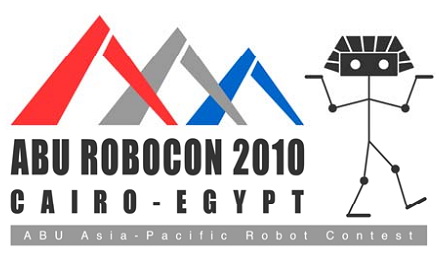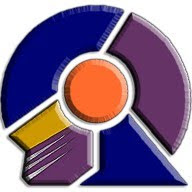
MURoC adalah singkatan bagi Malaysia University Robot Competition yang dianjurkan oleh UNIMAP di Perlis dan akan berlangsung pada 1 - 3 Januari 2010. Objektif pertandingan ini adalah untuk menguji pengetahuan dan skil peserta dalam menyelesaikan sesuatu masalah. Ia melibatkan idea mencipta mekanisme yang sesuai, strategi robot yang kreatif dan ketahanan robot sehingga berjaya menyelesaikan task yang diberikan.
Sebanyak 3 jenis pertandingan robot yang dijalankan serentak iaitu Fire Fighting Robot, Paintball Robot dan Rope Climbing Robot. Hadiah yang disediakan adalah:
1. 1st Place: RM1500
2. 2nd Place: RM1250
3. 3rd Place: RM1000
4. Best Design: RM500
5. Special Award: RM300
Kelab Rekacipta dan Robotik telah menghantar 2 penyertaan bagi mewakili FKE dan UiTM. Satu team Fire Fighting Robot dan satu team Paintball Robot. FKM juga menghantar sebanyak 2 penyertaan iaitu Paintball Robot dan Rope Climbing Robot. Berikut adalah senarai universiti yang menyertai MURoC:
- UPSI (3 team)
- UiTM (4 team)
- UIAM (3 team)
- Politeknik Shah Alam (1 team)
- UPM (3 team)
- UTHM (4 team)
- UniMAP (3 team)
Good luck untuk peserta UiTM! ;)
Sebanyak 3 jenis pertandingan robot yang dijalankan serentak iaitu Fire Fighting Robot, Paintball Robot dan Rope Climbing Robot. Hadiah yang disediakan adalah:
1. 1st Place: RM1500
2. 2nd Place: RM1250
3. 3rd Place: RM1000
4. Best Design: RM500
5. Special Award: RM300
Kelab Rekacipta dan Robotik telah menghantar 2 penyertaan bagi mewakili FKE dan UiTM. Satu team Fire Fighting Robot dan satu team Paintball Robot. FKM juga menghantar sebanyak 2 penyertaan iaitu Paintball Robot dan Rope Climbing Robot. Berikut adalah senarai universiti yang menyertai MURoC:
- UPSI (3 team)
- UiTM (4 team)
- UIAM (3 team)
- Politeknik Shah Alam (1 team)
- UPM (3 team)
- UTHM (4 team)
- UniMAP (3 team)
Good luck untuk peserta UiTM! ;)


